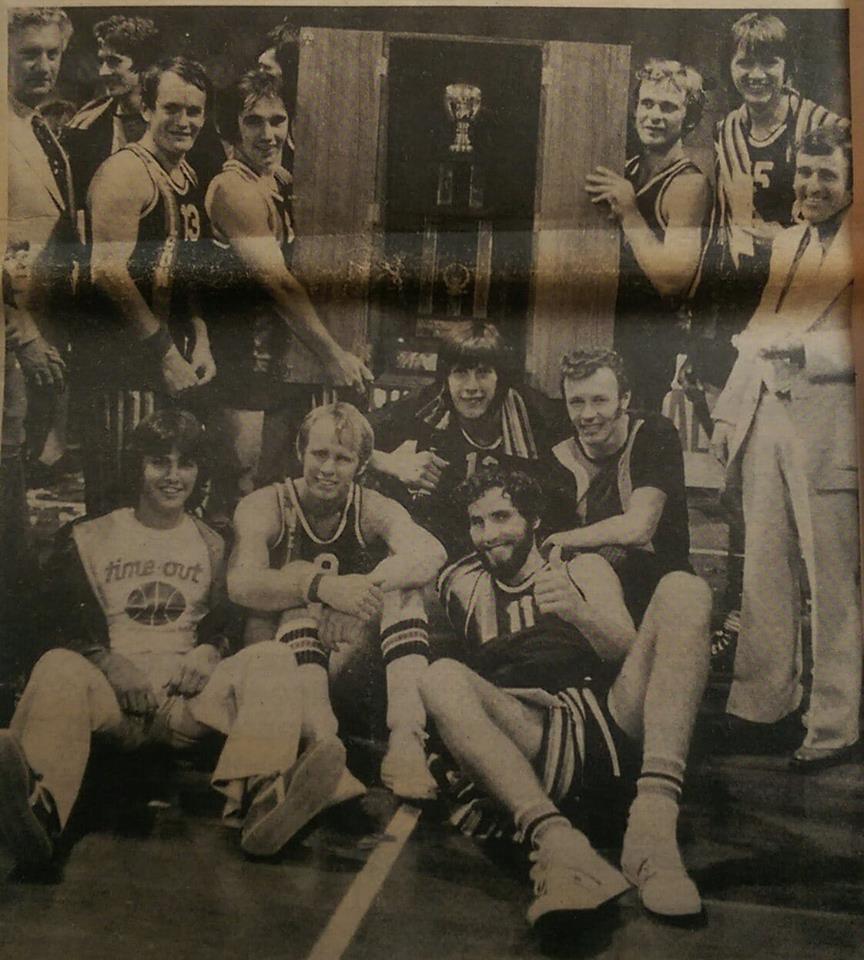BA death knell for SEABL
TweetHOBART Chargers and Bendigo Lady Braves look likely to be the “farewell” champions of the SEABL following Basketball Australia’s decision to abandon managing the country’s longest-running interstate league.
BA also informed SEABL clubs during a lengthy meeting over grand final weekend that it would not sanction the league continuing in its own right, spelling the death knell for a competition which was operating under Lindsay Gaze's guidance from 1965 as the South Eastern Conference.
His Melbourne Tigers won the first six SEC championships before the league went into recess from 1971-80 when the Australian Club Championship – featuring up to 24 of the best teams from around the nation slugging out the annual tournament – became the premier outlet for interstate competition.
The SEC restarted in 1981 as the South East Basketball League. The SEBL later became the SEABL, and included a brief period as the CBA (Continental Basketball Association) and also another period as two conferences of the defunct Australian Basketball Association.
While delegates are remaining tight-lipped due to conjecture BA won’t sanction the SEABL beyond 2019 – giving it a further year of existence and time to restructure – most believe the die has been cast.
BA is believed to have budgeted for a 2019 SEABL season, though plans for the league’s immediate abolition appear well-advanced..jpg)
MEN'S CHAMPS 2018: But will Hobart Chargers be the last SEABL champs as it now appears?
The federation’s senior operations manager and also responsible for SEABL operations, Mark Quinn, who did not attend the grand final meeting, today confirmed the topic was discussed.
BA is withdrawing its support of the league and will not sanction it to run under its own steam. But discussions are continuing..jpg)
The plan appears to be to institute in Victoria a new “Premier League” to sit above the Big V Championship and to accommodate the state’s SEABL clubs, plus Tasmania’s clubs such as Hobart and Launceston.
Sydney teams would join NSW’s Waratah League and Mount Gambier in SA expected to join that state’s Premier League competition.
That appears extremely unlikely, given the SA league was not prepared to accept Mildura into its competition years ago because the majority of its 10-city based clubs did not wish to annually make that one country trip.
And Mount Gambier is most unlikely to want to compete in an inferior competition, possibly even opting to join the proposed new Victorian league.
Albury-Wodonga would have to choose between the new Vic league and the Waratah competition.
The BA plan also is believed to include a proposed end-of-season tournament at the Gold Coast for the top four teams in each of the state-run leagues, revisiting the Australian Club Championship tournament format which pre-dated the NBL and brought the nation’s leading teams together to determine our top club.
The ACC ran from 1970-1979 before the NBL’s advent saw the need for it disappear and it subsequently was discontinued.
AUSTRALIAN CLUB CHAMPIONS: St Kilda's 1975 ACC-winning team at Apollo Stadium.
The ACC continued for women’s basketball well into the 1980s before the WNBL and its second division also made that redundant.
The WNBL’s second-tier comp, the WBC, eventually was adopted as the SEABL’s women’s division.
Clearly, the SEABL has an important role to play in Australia’s national landscape and if it is true BA just wants to devolve itself of running national competitions – it gave the NBL back to its clubs and has had its issues running the WNBL as well – then perhaps those clubs should have some say in how to restructure a second-tier interstate program.
“This is an absolute disaster for regional-based teams,” a prominent SEABL club administrator said.
“The SEABL is huge for clubs such as Albury, Ballarat, Bendigo and Mount Gambier. City teams may only draw a couple of hundred spectators to their home games but regional teams draw thousands.
“They are a significant part of the regional community.”.jpg)
WOMEN'S CHAMPS 2018: But is this the end for Bendigo and regional SEABL clubs?
The same “regional” style of thinking clearly also applies in Tasmania where hordes have turned out to watch the champion Chargers in Hobart and Tornadoes in Launceston.
Local media coverage in those centres is massive.
BA’s decision might also be the first jolt to the magnificent momentum behind the state’s proposed NBL club, Southern Huskies, with support multiplying by the day.
Three years ago, SEABL clubs voted unanimously to hand the running of their league over to BA.
“The SEABL provides a tremendous opportunity for Basketball Australia to work more closely with the SEABL clubs, many of which have significant numbers of domestic basketballers playing on their home courts each week,” BA chief executive Anthony Moore said at the time.
“The SEABL provides a wonderful pathway for our young players to aspire to, as well as our coaches and referees to work their way through the system to participate in this great league.
“SEABL basketball operations will be embedded with our business, and our commercial and marketing operations will include the SEABL in our daily work.
“We are genuinely excited about the opportunity to continue the great work of our friends in the SEABL organisation.”
Guess the excitement wore off.
A GRAND HISTORY REVISITED: How SEABL emerged and why it's been important.


